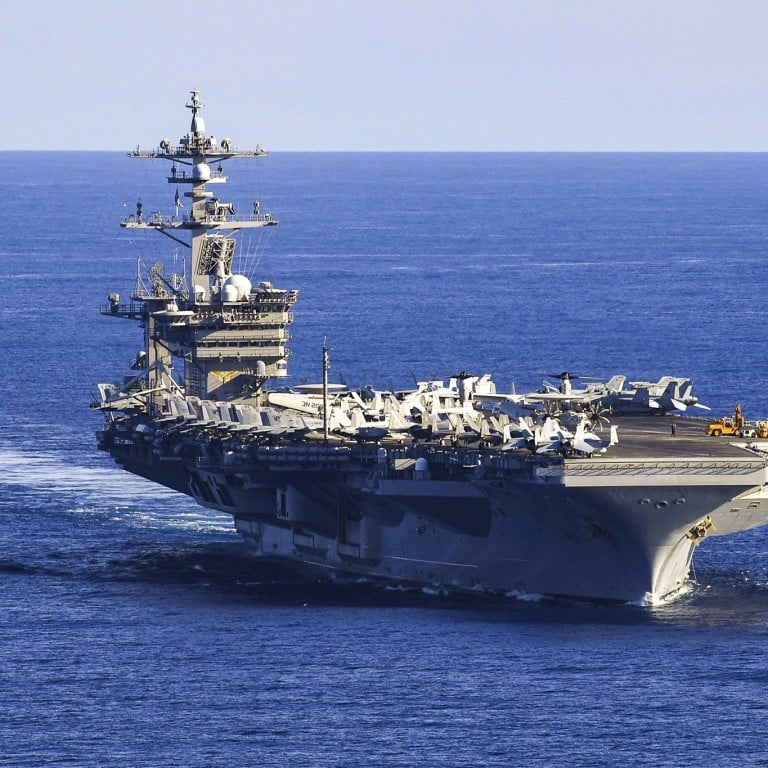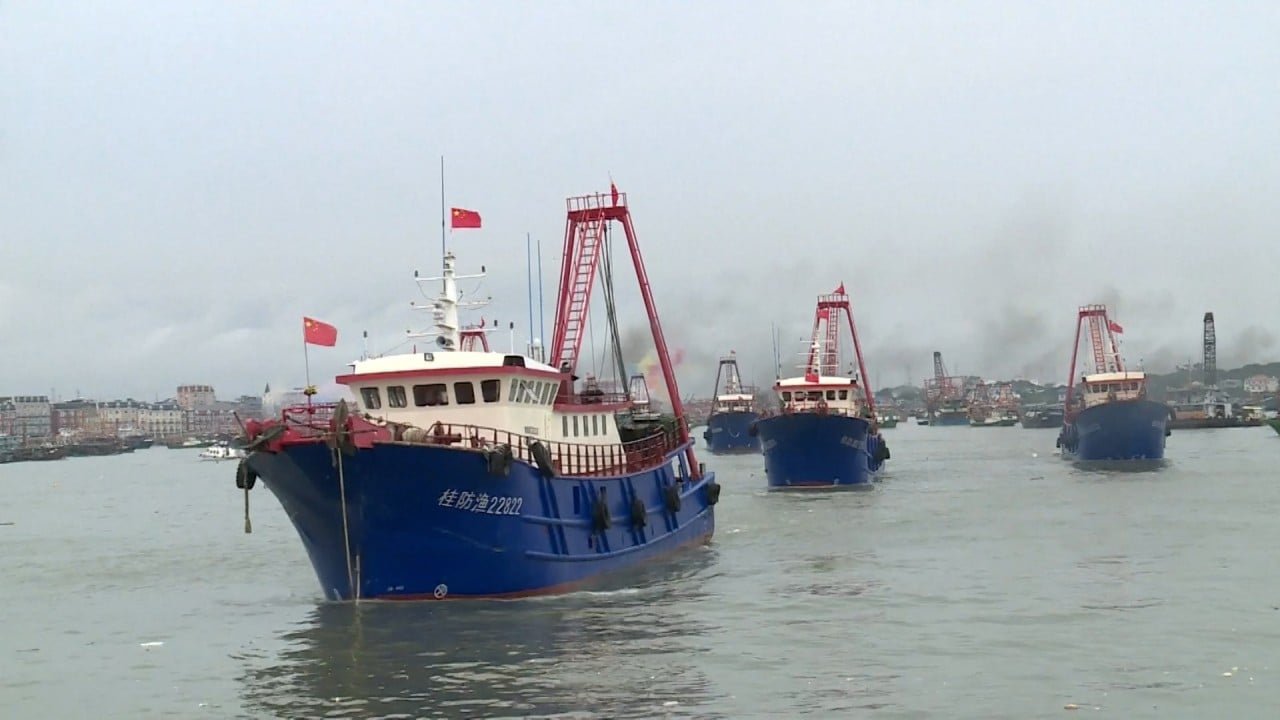
South China Sea code of conduct may miss 2022 deadline, PLA adviser warns
- China and Asean yet to agree on many aspects of proposed code to manage tensions in disputed waterway, retired major general says in journal article
- US-China great power rivalry means extraterritorial interference will intensify as the bargaining deepens, Yao Yunzhu points out
“As the negotiations deepen, bargaining will become more intense and interference from the US and other extraterritorial powers will intensify, making it more difficult to reach a consensus,” she said.
“There is still great uncertainty on whether China and the Asean would be able to complete the negotiations by the end of 2022 as scheduled.”
The code aims to manage tensions in the South China Sea, a resource-rich and strategically important waterway criss-crossed by overlapping claims from China and several Asean states. But progress on the negotiations, which started as far back as 2017, has stalled over the past two years, largely due to the coronavirus pandemic.
In August, China and the 10-member bloc announced agreement on the preface for the code, eight months after they resumed negotiations in January. Discussions on the second reading of the draft have been ongoing via video link.
Beijing has been pushing for a speedy conclusion on the code of conduct, saying this would help manage tensions over territorial disputes in the South China Sea, but critics worry that it is also seeking to keep the US at bay.
During their visits to Southeast Asia in the past year, senior US officials, including Vice-President Kamala Harris, defence chief Lloyd Austin and Secretary of State Antony Blinken, have pledged to provide security backup to other South China Sea claimants to counter Beijing’s assertiveness in the contested waters.
Austin’s Southeast Asian tour shows a better way for US to counter China
“In short, the Biden administration’s South China Sea policy has shifted from singular provocation to collective momentum building, with a view to creating a superior US military power comparison, and political and diplomatic posturing, to shape a long-term containment of China,” Yao concluded.
With both China and the US bolstering their military presence, the South China Sea has become a major potential flashpoint in the region.
China to prioritise Southeast Asia with upgraded relations, development aid
The existing mechanisms, including the non-binding documents signed in 2014 on the rules of behaviour for air and maritime encounters, might not work in real-world situations, Zhou told state-owned broadcaster CGTN on Sunday, as he called for drills to ensure warships “maintain a safe distance”.
“How do the two sides operate in a professional manner with each other? This will require regular exercises to prevent accidental encounters at sea, so that a safe distance can be maintained.”



